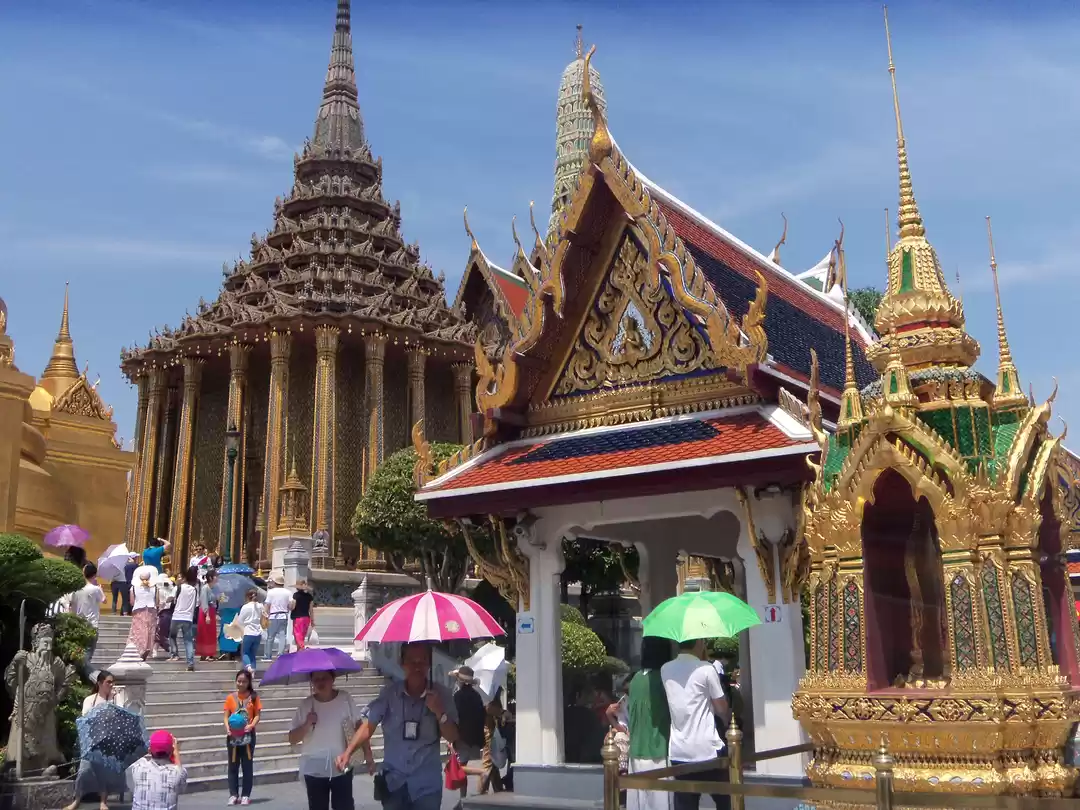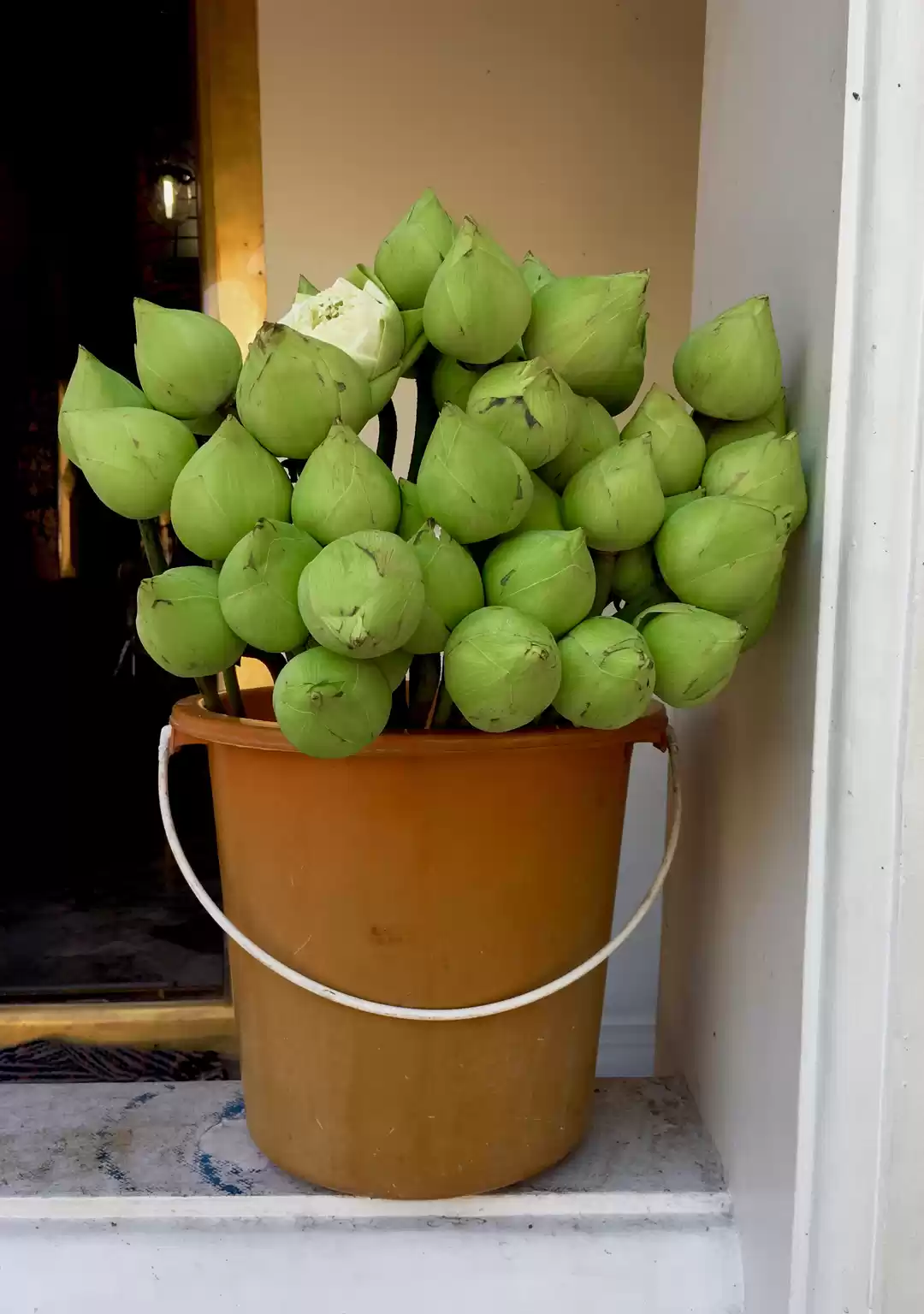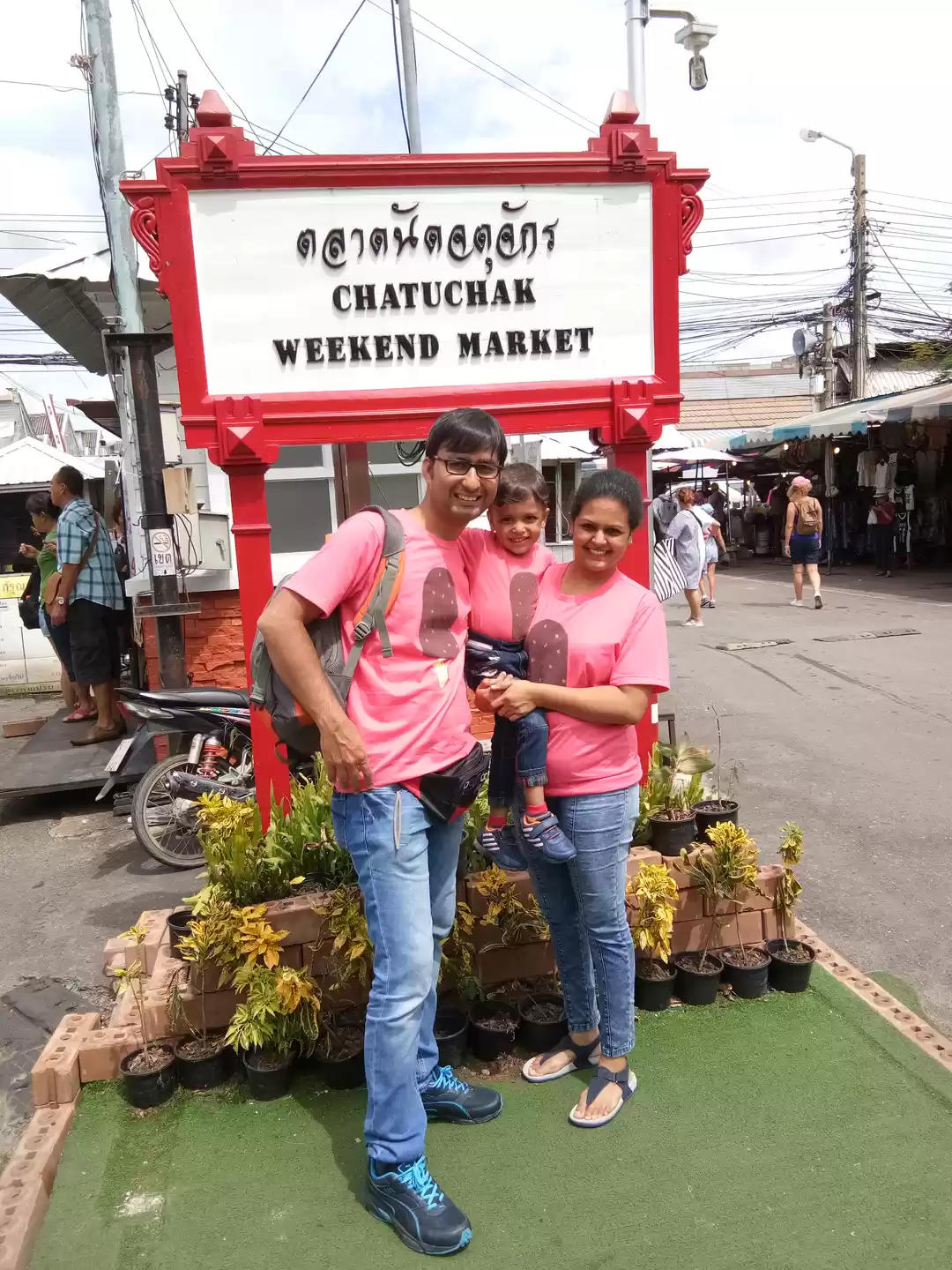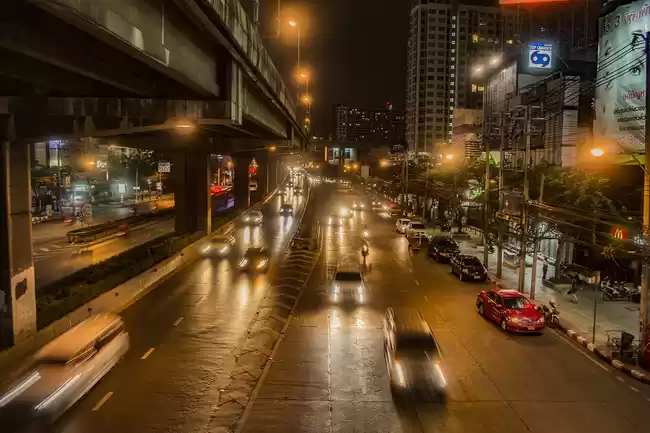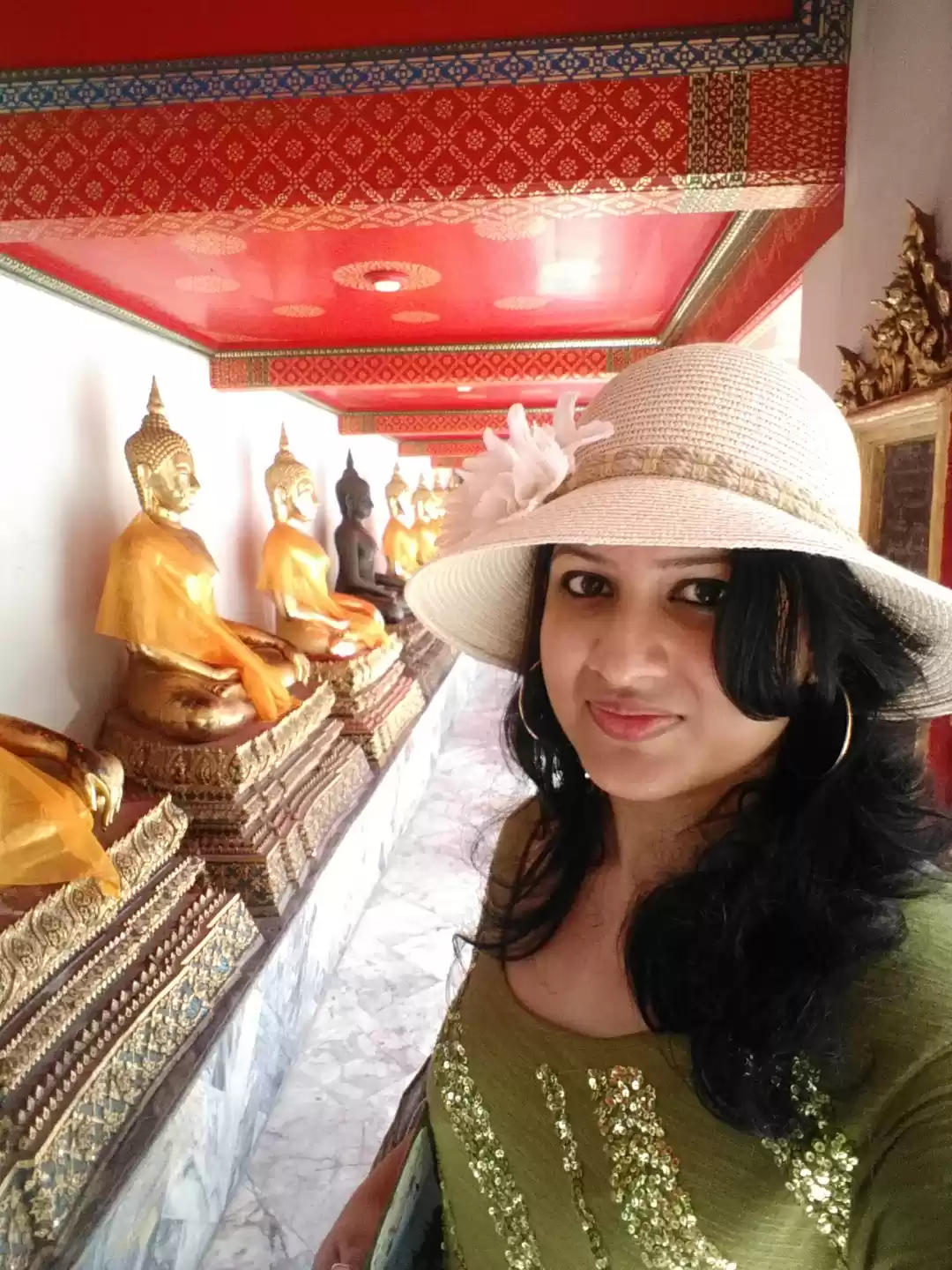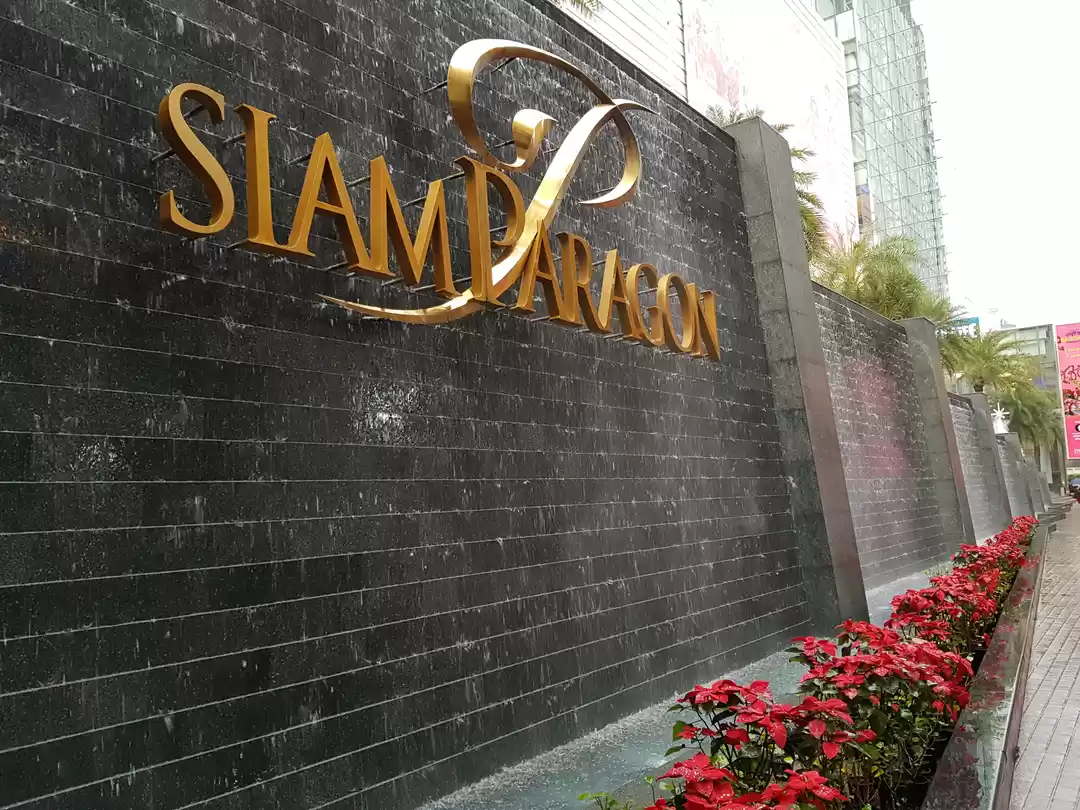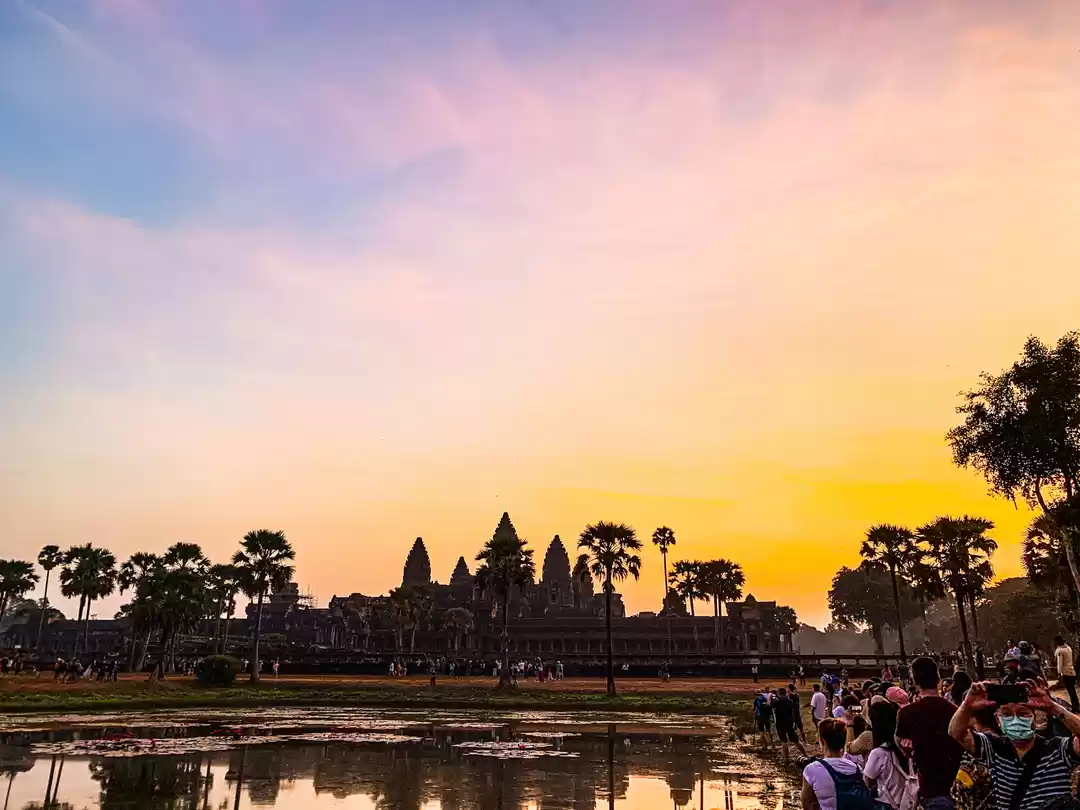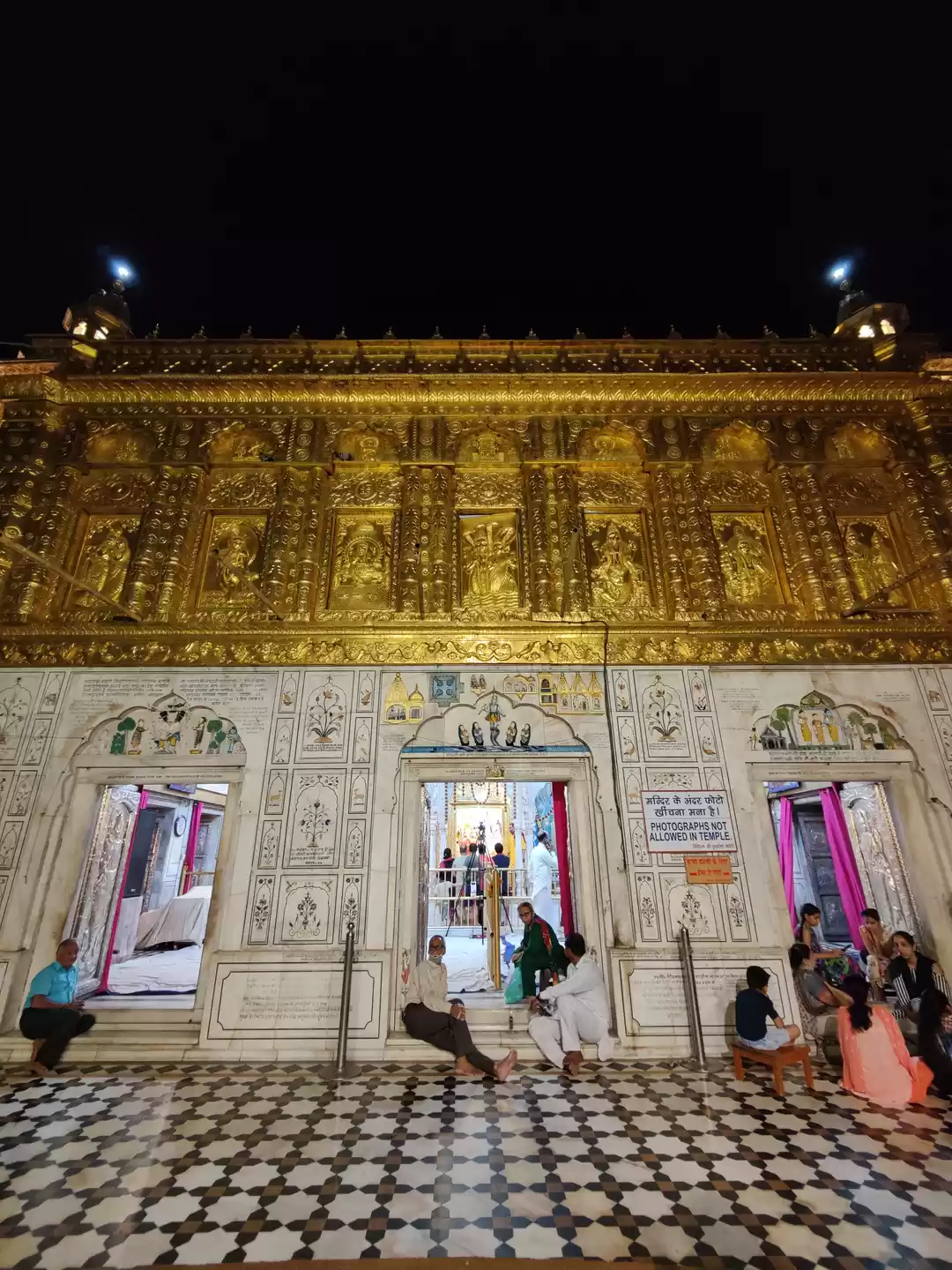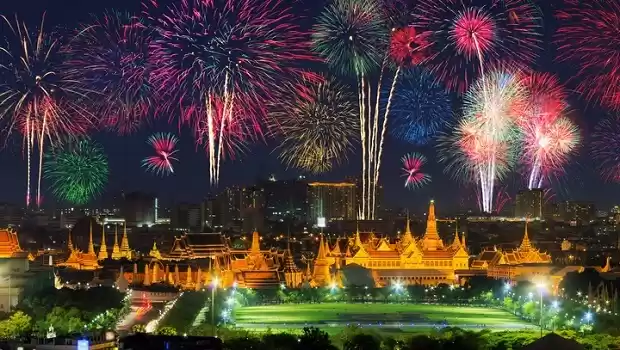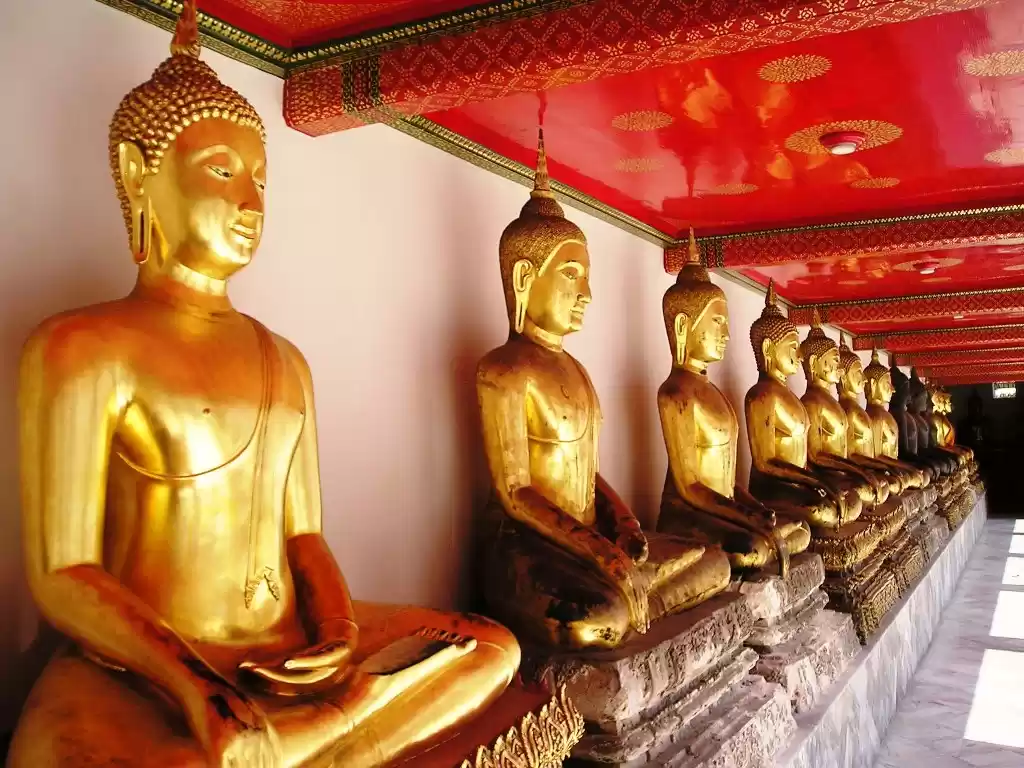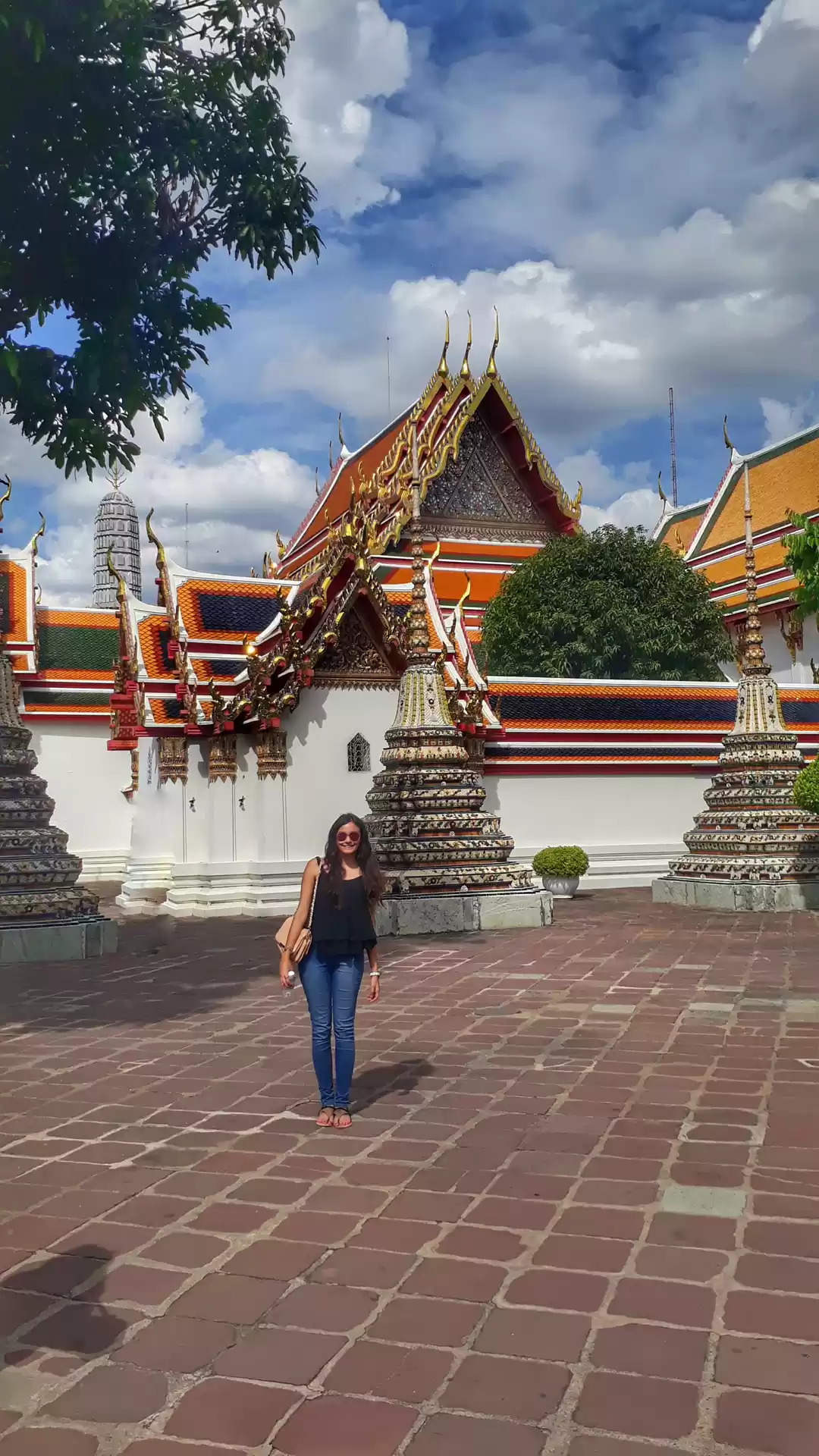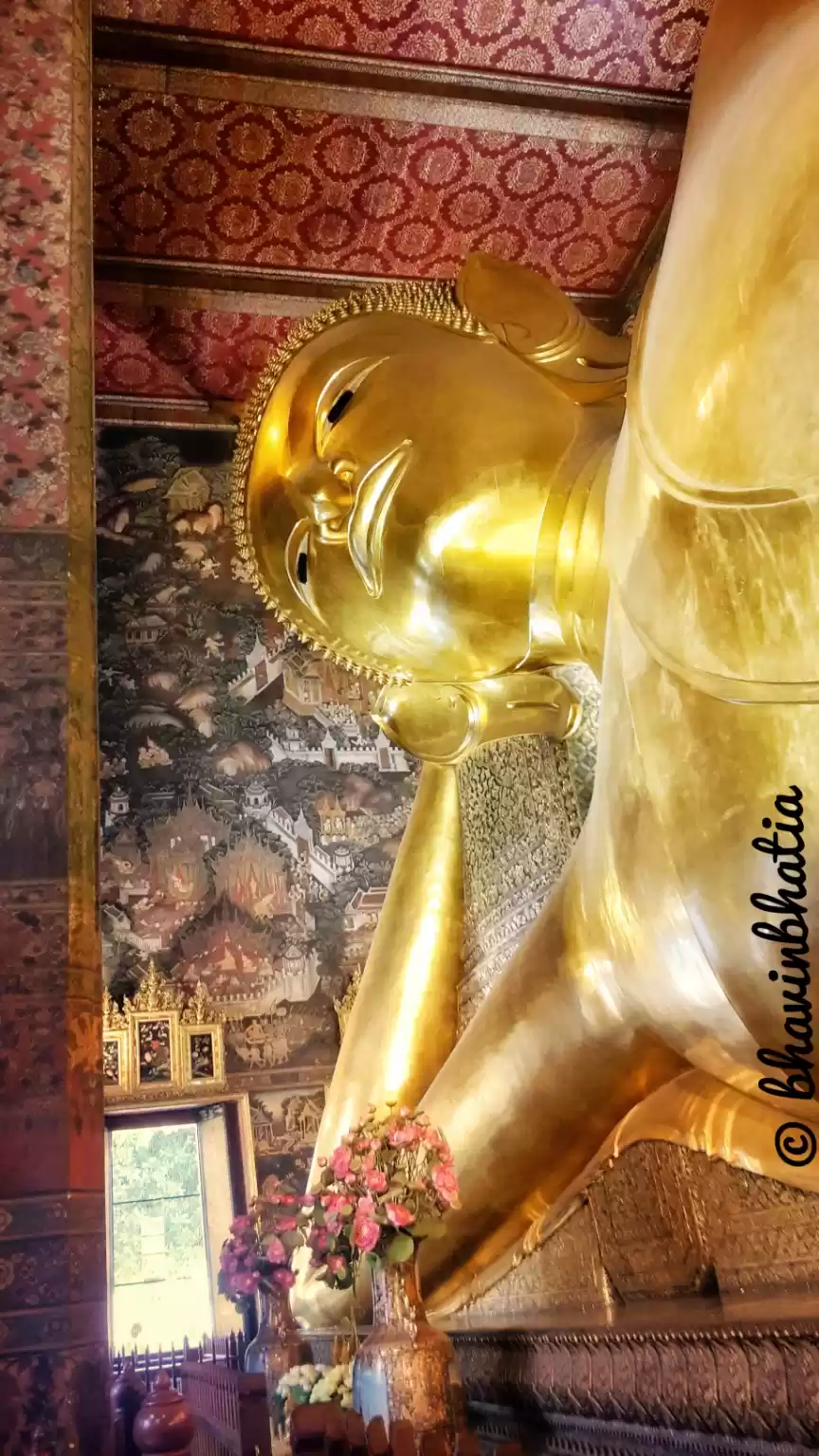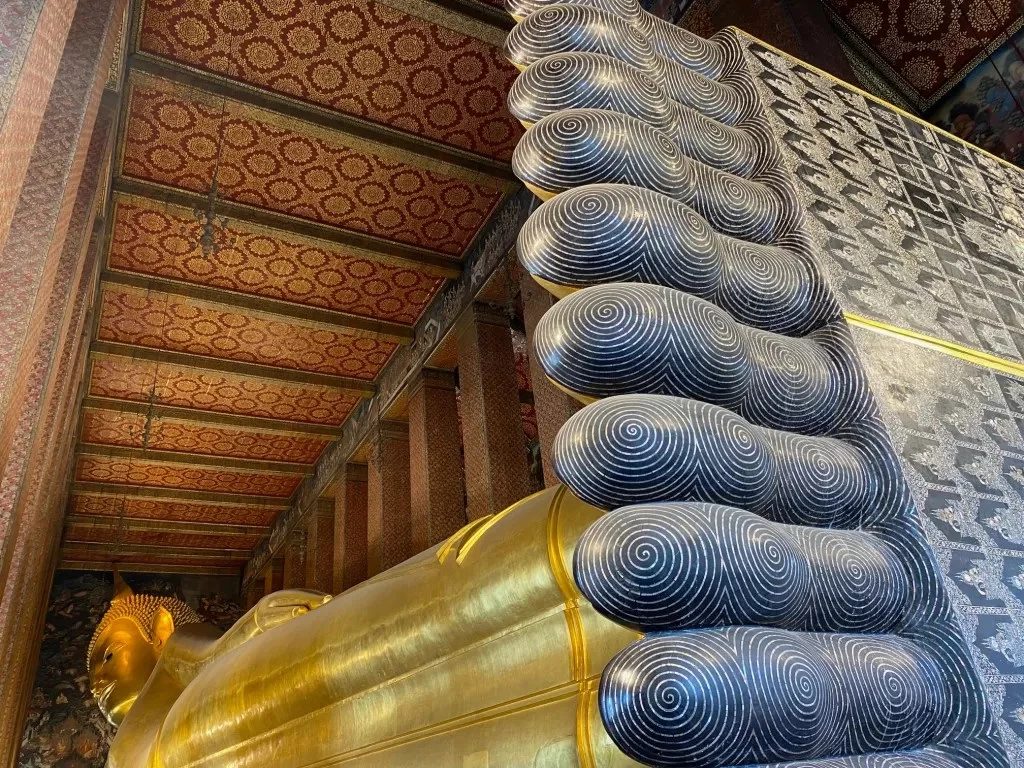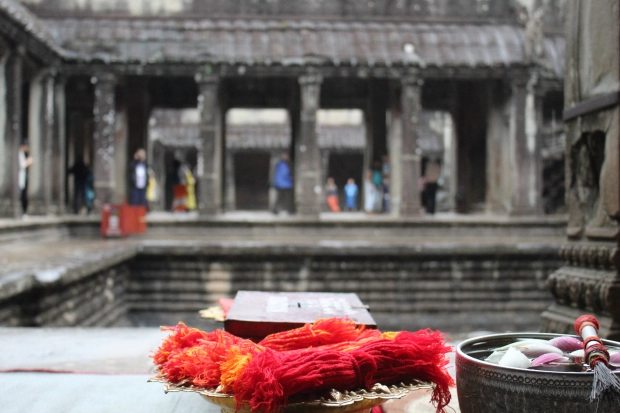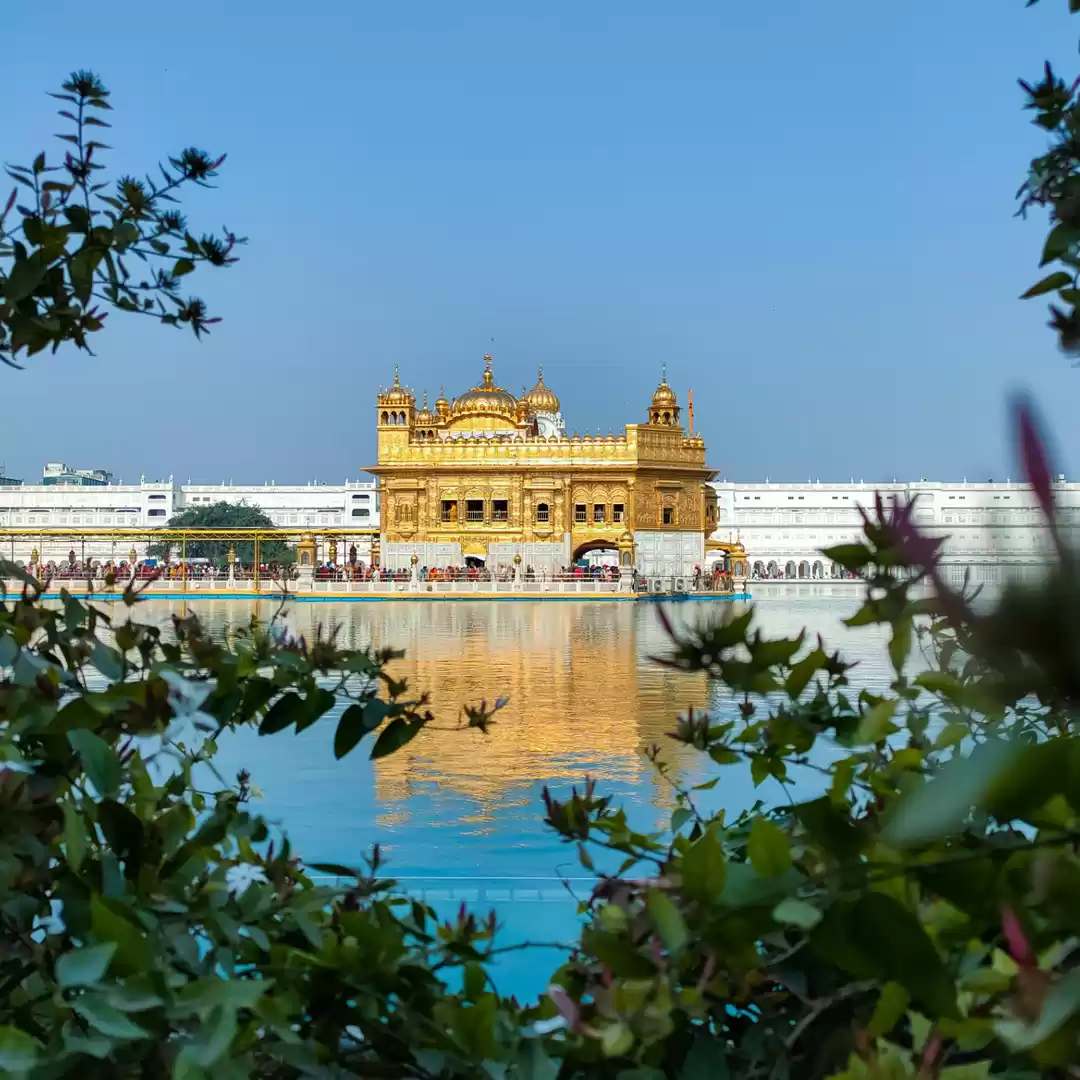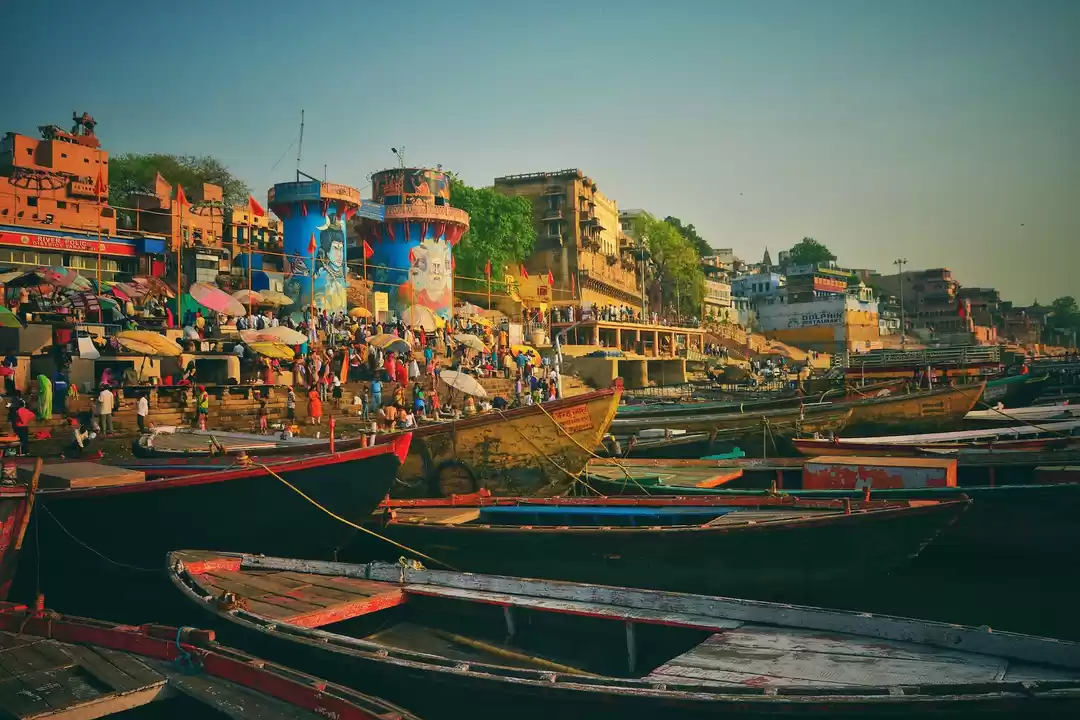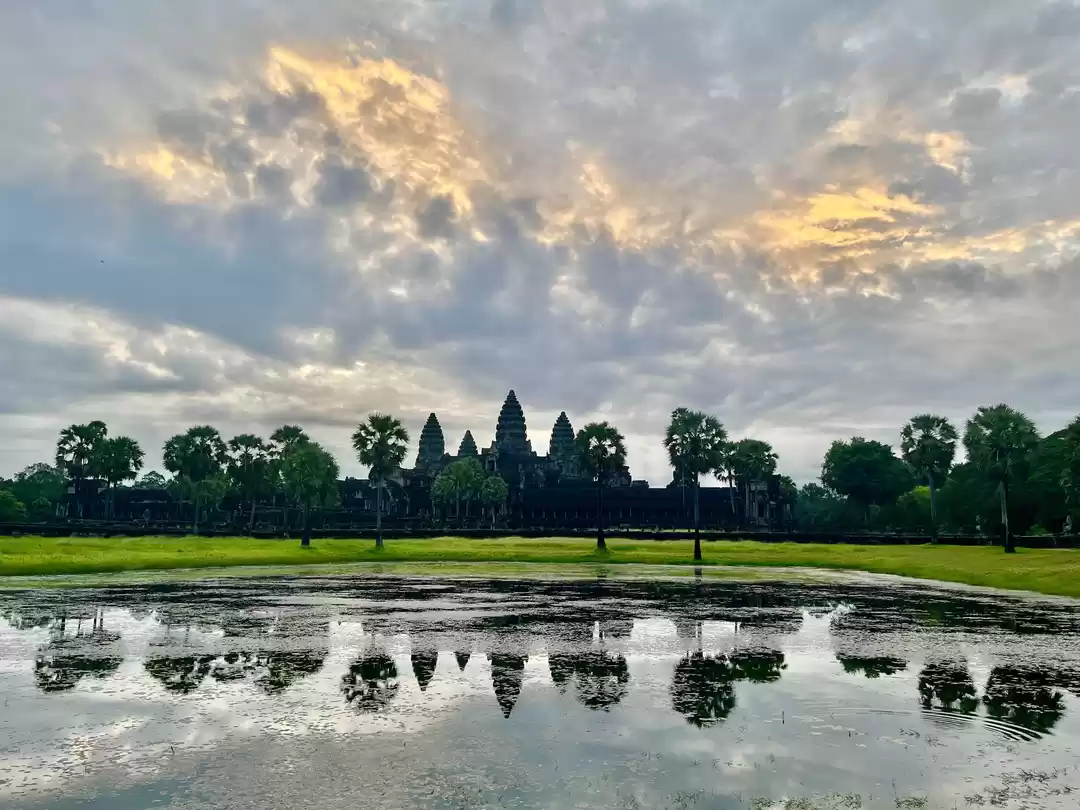Have you ever wondered how a 5.5-ton gold statue was hidden for centuries under a layer of plaster? What is the amazing story behind the world’s largest gold Buddha statue in Bangkok? If you are curious to find out, then you should visit Wat Traimit, the temple of the Golden Buddha in Bangkok.
This temple is not only a stunning sight, but also a fascinating history lesson and a cultural treasure. In this article, we will tell you everything you need to know about Wat Traimit, the temple of the Golden Buddha in Bangkok, and why you should add it to your bucket list.
The Discovery of the Golden Buddha
Wat Traimit is located in Chinatown, one of the oldest and most vibrant areas of Bangkok. The temple was built in the early 20th century, and it was originally a modest and simple structure. However, in 1955, the temple became famous for a remarkable discovery. The temple was housing a large Buddha statue that was covered with plaster and painted in gold. The statue was assumed to be made of stucco, and it was not considered to be very valuable. However, when the statue was being moved to a new location, it was accidentally dropped, revealing the gold underneath the plaster. The statue turned out to be made of solid gold, and it was estimated to be worth millions of dollars.
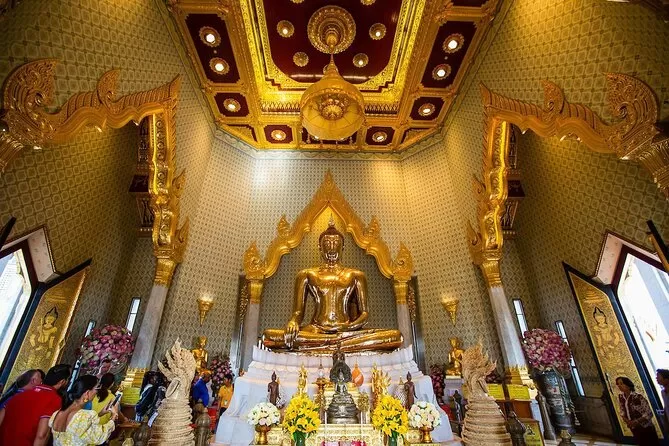
The discovery of the Golden Buddha was a sensation, and it attracted the attention of the public and the media. The statue was also a mystery, as no one knew how it came to be hidden under plaster for centuries. The most likely explanation is that the statue was disguised to protect it from the Burmese invaders, who sacked the ancient capital of Ayutthaya in 1767. The statue was probably moved from Ayutthaya to Bangkok, and it was forgotten or neglected over time. The statue remained hidden until it was revealed by a stroke of luck in 1955.
The Mystery of the Golden Buddha
The Golden Buddha statue is not only a precious artifact, but also a historical puzzle. The origin and the age of the statue are still unknown, and there are many theories and speculations about its history. The statue is believed to be the largest gold Buddha statue in the world, weighing about 5.5 tons and measuring about 3 meters in height. The statue is made of pure gold, and it is estimated to be worth more than 250 million dollars. The statue is also a masterpiece of art, as it depicts the Buddha in the Sukhothai style, with a serene expression and a graceful posture.
The statue has been studied by various experts and institutions, such as the Fine Arts Department of Thailand, the Smithsonian Institution, and the National Research Council of Thailand. However, the results are inconclusive, and there are different opinions on the origin and the age of the statue. Some scholars suggest that the statue was made in Sukhothai, the first Thai kingdom that flourished from the 13th to the 15th century. Others argue that the statue was made in Chiang Rai, the northern city that was once part of the Lanna kingdom. Some even propose that the statue was made in India, and it was brought to Thailand by traders or monks.

The date of the statue is also uncertain, and it ranges from the 13th to the 15th century. The style of the statue is similar to the Sukhothai period, but the technique and the material are more advanced than the typical Sukhothai art. The statue may have been influenced by the Indian or the Sri Lankan art, as it shows some features that are not common in the Thai art. The statue may also have been modified or repaired over time, as it shows some signs of welding and soldering.
The mystery of the Golden Buddha may never be solved, but it adds to the charm and the intrigue of the statue. The statue is a testament to the rich and diverse history and culture of Thailand, and it is a symbol of the faith and the resilience of the Thai people.
The Move of the Golden Buddha
The Golden Buddha statue was moved to Wat Traimit in 1955, and it was installed in the main hall of the temple. The statue was lifted by a crane, transported by a truck, and placed on a pedestal. The move was a challenging and risky operation, as the statue was very heavy and fragile. The move was also a collaborative and generous effort, as many people and organizations helped and donated to the temple. The move was a historic and auspicious event, as the statue was welcomed by a large crowd of devotees and admirers.
The statue remained in the main hall of the temple until 2010, when a new building was constructed to house the statue. The new building is a four-story structure, with a modern and elegant design. The building is decorated with gold and white colors, and it has a dome-shaped roof that resembles a lotus flower. The building is also equipped with an elevator and a staircase, and it has a spacious and airy interior. The building is designed to showcase the beauty and the glory of the statue, and to provide a comfortable and convenient experience for the visitors.
The Museum of the Golden Buddha
The new building of Wat Traimit is not only a temple, but also a museum. The museum showcases the history and the culture of the Chinese community in Bangkok, and the exhibits that display the pieces of plaster and the tools used to make the statue. The museum is located on the first three floors of the building, and it is divided into three sections: the Chinatown Heritage Center, the Traimit Hall of Buddhism, and the Exhibition of the Golden Buddha Image.
The Chinatown Heritage Center is on the first floor, and it tells the story of the Chinese immigrants who settled in Bangkok since the 18th century. The center features a multimedia presentation, a replica of a Chinese shop house, and a collection of artifacts and photographs. The center illustrates the lifestyle, the traditions, and the contributions of the Chinese community in Bangkok, and how they integrated with the Thai society.
The Traimit Hall of Buddhism is on the second floor, and it explains the history and the principles of Buddhism, and how it spread and evolved in Thailand and other countries. The hall features a video presentation, a model of a Buddhist temple, and a collection of Buddhist sculptures and paintings. The hall demonstrates the diversity and the harmony of Buddhism, and how it influenced the art and the culture of Thailand and other regions.
The Exhibition of the Golden Buddha Image is on the third floor, and it displays the pieces of plaster and the tools that were used to make the statue. The exhibition also reveals the secrets and the techniques of the statue, such as the composition, the structure, and the craftsmanship. The exhibition also provides the background and the context of the statue, such as the historical period, the artistic style, and the religious significance.
The museum is a valuable and informative resource, and it complements the temple and the statue. The museum is also a meaningful and enjoyable attraction, and it enhances the understanding and the appreciation of the visitors.
The Chinatown of Bangkok
Wat Traimit is located in Chinatown, one of the oldest and most vibrant areas of Bangkok. Chinatown is a bustling and colorful district, full of shops, restaurants, markets, and temples. Chinatown is a place where you can experience the history, the culture, and the cuisine of the Chinese community in Bangkok, and also discover the diversity and the charm of the city.
Chinatown is a place where you can see the contrast and the connection between the temple and the district, and how they reflect the diversity and the harmony of Bangkok. The temple is a serene and sacred place, where you can admire the beauty and the majesty of the statue, and feel the peace and the spirituality of Buddhism. The district is a lively and lively place, where you can explore the variety and the richness of the activities, and taste the flavors and the spices of the food.
Chinatown is a place where you can find many attractions and experiences, such as:
The Chinatown Gate, the landmark and the entrance of the district, which is a red and gold archway with a pair of lions and a sign that says “Welcome to Chinatown”.
The Yaowarat Road, the main and the longest street of the district, which is a busy and crowded avenue with many shops, restaurants, stalls, and signs.
The Sampeng Lane Market, the oldest and the largest market of the district, which is a narrow and winding alley with hundreds of vendors selling everything from clothes, accessories, electronics, and souvenirs.
The Wat Mangkon Kamalawat, the most important and the largest Chinese temple of the district, which is a complex of buildings with a courtyard, a pond, and a pagoda.
The Wat Chakrawat, the temple with the crocodiles, which is a Thai temple that has three live crocodiles in a pond, and a legend that says that they were once monks who broke the rules.
The Chinatown Food Street, the best place to enjoy the food of the district, which is a stretch of Yaowarat Road that is closed to traffic at night, and filled with tables, chairs, and stalls that serve a variety of dishes, such as dim sum, noodles, seafood, duck, and desserts.
The best time to visit Chinatown is during the Chinese New Year, which is usually in late January or early February. This is when the district is decorated with lanterns, banners, and flowers, and when there are many events and activities, such as parades, lion dances, dragon dances, fireworks, and performances. This is also when the temple is crowded with devotees and visitors, who come to pay respect and make offerings to the statue, and pray for good luck and prosperity.
Chinatown is a place where you can have a memorable and enjoyable time, and where you can discover the hidden gems and the surprises of Bangkok.
How to Visit Wat Traimit
Wat Traimit is easy to reach and convenient to visit, as it is located near the Hua Lamphong MRT station, the main railway station of Bangkok. You can take the MRT to the Hua Lamphong station, and then walk for about 10 minutes to the temple. You can also take a taxi, a tuk-tuk, or a bus to the temple, as there are many signs and directions along the way.
The temple is open daily from 8 a.m. to 5 p.m., and the museum is open daily from 9 a.m. to 5 p.m. The entrance fee for the temple is 40 baht, and the entrance fee for the museum is 100 baht. You can buy a combined ticket for both the temple and the museum for 140 baht. You can also rent an audio guide for 100 baht, which will provide you with more information and insights about the temple and the museum.
When you visit the temple, you should follow the dress code and the etiquette of the temple. You should wear modest and respectful clothing, such as long pants or skirts, and shirts that cover your shoulders. You should also remove your shoes before entering the temple, and keep them in the designated area. You should not touch or climb on the statue, and you should not take photos with flash or pose in front of the statue. You should also be quiet and respectful, and avoid any actions that may disturb or offend the monks or the worshippers.
Wat Traimit, the temple of the Golden Buddha in Bangkok, is a must-see attraction for anyone who visits the city. The temple is not only a stunning sight, but also a fascinating history lesson and a cultural treasure. The temple houses the world’s largest gold Buddha statue, which is a precious and mysterious artifact that has a remarkable story behind it.
The temple also has a museum that showcases the history and the culture of the Chinese community in Bangkok, and the exhibits that display the pieces of plaster and the tools used to make the statue. The temple is also located in Chinatown, one of the oldest and most vibrant areas of Bangkok, where you can experience the history, the culture, and the cuisine of the Chinese community, and also discover the diversity and the charm of the city.
If you are looking for a unique and unforgettable experience in Bangkok, then you should visit Wat Traimit, the temple of the Golden Buddha. You will be amazed and inspired by the beauty and the majesty of the statue, and you will learn and appreciate the history and the culture of the temple and the district. You will also have a fun and enjoyable time in Chinatown, where you can explore the variety and the richness of the activities and the food.
Wat Traimit, the temple of the Golden Buddha in Bangkok, is a place where you can find the hidden gems and the surprises of the city, and where you can have a memorable and enjoyable time.

